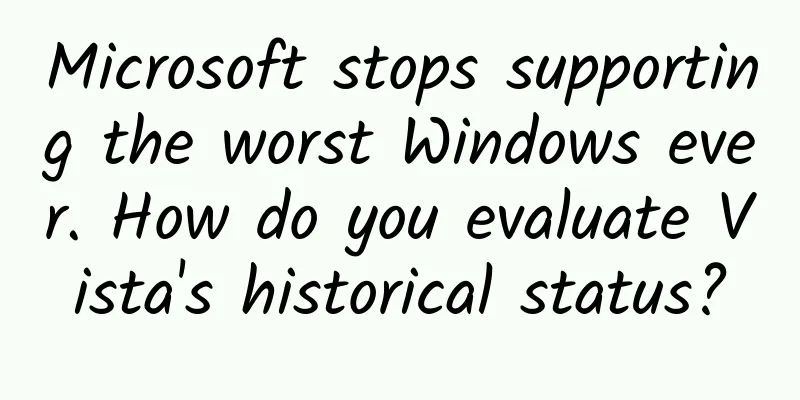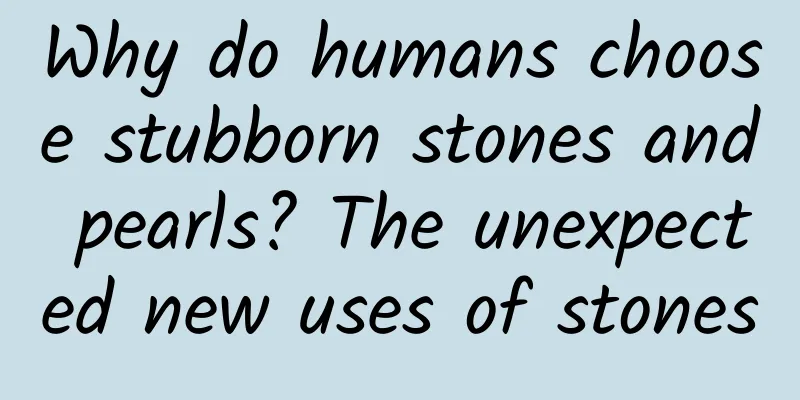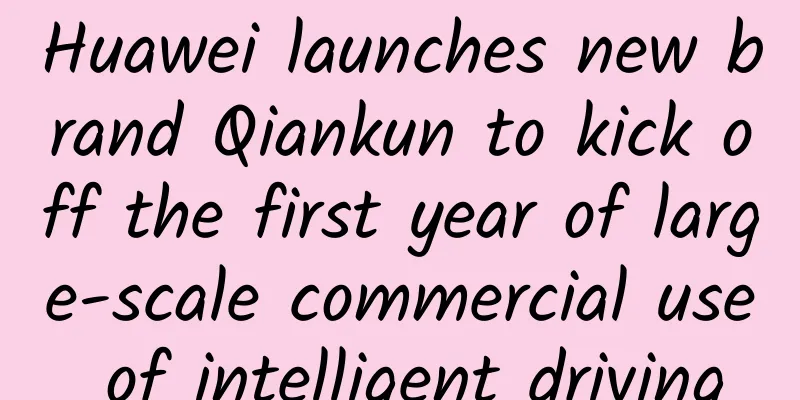Microsoft stops supporting the worst Windows ever. How do you evaluate Vista's historical status?

|
Windows Vista, this is a less well-known Windows name, and many people have never even experienced this operating system. However, the topicality caused by Windows Vista when it was first launched is probably difficult to compare with Win7. Gorgeous interface, painful compatibility, unprecedented multi-function (more functions than Win7), maddening performance... No matter how many highlights and shadows Vista has brought to people, it is finally retiring now. Microsoft will stop technical support for Windows Vista on April 11 this year, and there are less than two months left before Windows Vista's death. After April 11, Vista will not receive official updates and security patches, and the "extended support" service of Vista's successor Win7 will continue until January 2020. Compared with its successor Win7, Vista's performance in the market is undoubtedly bleak. However, in essence, Win7 is more like an improved version of Vista rather than a replacement. As the technological forerunner of Win7, how should the historical status of Windows Vista be evaluated? Extremely radical technology Windows Vista has changed too much compared to its predecessor Windows XP. The first big change of Windows Vista is the replacement of the system kernel, which changed from NT 5.1 of Windows XP to NT 6.0. The new kernel brings comprehensive enhanced security and more reasonable system mechanism - at least it will not cause blue screens casually due to some broken drivers. Vista's improvements are really countless, Aero UI, memory SuperFetch, UAC, new Yahei fonts, the introduction of search indexes, the construction of WDM audio system, the innovation of resource manager and task manager, the intelligence of network management, and the better 32-bit operating environment in x64... Until Win10, there are still many traces of Vista on the system, which is enough to show the deep technical foundation laid by Vista. However, the timing of Vista's appearance is really too bad. Compatibility and performance issues blocked most users, and Vista had no chance to show its beauty to people. Poor compatibility As mentioned earlier, Vista replaced the more advanced Windows NT 6.0 kernel, which brought compatibility issues. Before, how did the Win system replace the kernel? Let's take a look at the example of XP. After Win98, Microsoft launched Win Me, which still uses the DOS kernel, for the consumer market, but also launched Win2000, which is based on the NT kernel, for the server market. Strictly speaking, XP is the successor of Win Me, but in fact its NT5.1 kernel is inherited from Win2000's NT5.0. The consumer market has been using the Win2000 system in parallel in the Win Me era, so there is not much discomfort when switching to Win XP. However, this is not the case with Vista. The kernel changes of Vista are basically a one-size-fits-all approach. At the same time, the development of Vista is not only lengthy but also full of twists and turns. In 2003, Microsoft just wanted to develop a transitional system between XP and Win7, but the positioning of the new system kept changing during the development process. In 2004, Microsoft announced a major system change - at this time, it was only two years away from the official release of Vista, but a lot of work had to be done from scratch. It can be said that the development schedule of Vista is very tight, which has led to a serious disconnect between the software development ecosystems of Vista and Windows. When Vista was being developed, the development schedule kept changing, making it difficult for developers to do compatibility work for Vista. In addition, in the XP era, personal PCs were already extremely popular, and the pain caused by the Windows replacement affected a wider range than before, so the compatibility issues brought by Vista were further amplified. Whether it was drivers or software, you often couldn't find a version suitable for Vista. Vista's poor compatibility made Microsoft reflect on its mistakes. Whether it was Win7 or Win8/8.1, Microsoft paid great attention to compatibility testing, and these systems did not have the serious compatibility issues that Vista had. When Win10 was being developed, Microsoft also launched a preview version public beta program, allowing ordinary users to conduct compatibility testing in the Insider Preview project. Although Win10 may have some other problems, with such a huge change in Win10 and its current compatibility performance, it is indeed quite good. Untimely hardware requirements Vista and Win7 are very similar, and there is even a view that Win7 is just Vista with UI optimization and slightly improved performance, and there is no qualitative difference between the two. However, the reputation of the two is very different. Why is this so? A large part of the reason is that Vista was out of date. When Vista was released, the hardware of mainstream PCs was out of touch with Vista. Vista was launched in late 2006 and early 2007. At that time, the mainstream PC configuration was single-core CPU and 512M RAM. In actual use, 1G RAM was not enough to run Vista smoothly. Win7 and Vista were released three years apart. During these three years, people's PCs have changed a lot. Dual-core CPU and 2G memory have become standard. There is no essential difference between the hardware requirements of Vista and Win7. Win7 is slightly lower, but the evaluation of the performance of the two sides is diametrically opposed. This is caused by the different times. From a technical point of view, Vista is a great system. However, its poor practicality and market performance also make it one of the lowest-rated Win systems. Fortunately, Win7 inherited most of Vista's technical features and made these features bear fruit, allowing people to regain confidence in the Win system. Although Vista's life cycle is about to end, Win7 still maintains a strong market performance today, which is the best affirmation of the technological innovation brought by Vista. As a winner of Toutiao's Qingyun Plan and Baijiahao's Bai+ Plan, the 2019 Baidu Digital Author of the Year, the Baijiahao's Most Popular Author in the Technology Field, the 2019 Sogou Technology and Culture Author, and the 2021 Baijiahao Quarterly Influential Creator, he has won many awards, including the 2013 Sohu Best Industry Media Person, the 2015 China New Media Entrepreneurship Competition Beijing Third Place, the 2015 Guangmang Experience Award, the 2015 China New Media Entrepreneurship Competition Finals Third Place, and the 2018 Baidu Dynamic Annual Powerful Celebrity. |
<<: Why is Samsung the only one still using stylus when there were so many of them on the street?
>>: The low-key Linux system quietly changed the way of life in the human world
Recommend
The truth behind why computers run so fast: How does the operating system become a "super scheduling master"?
When we use computers, we often open multiple pro...
What does "starting with an egg" mean? This is called native advertising!
When doing information flow advertising , the mos...
Why the horse-faced skirt has become the new top trend in the fashion circle? Thousands of years of evolution history will tell you
Contemporary Society Wearing a horse-faced skirt ...
Share the Douyin Book List Project, a way to play without being on camera
The day before yesterday, I shared an article: &q...
Why are nutritious goose eggs not often eaten and rarely sold?
Goose eggs, as a nutritious egg, rarely appear on...
Warning! Warning! Heavy rain is coming in many places, be careful when traveling!
Since yesterday (26th), a new round of heavy rain...
The product has attracted new users, how to retain them?
In the past, “born by attracting new customers, d...
Weekly crooked review: The verification code of your hometown is waving at you. Your willfulness is all because of your aloofness.
The lights in the distance are on, and the call o...
Ten writing secrets taught to me by a world-class master!
"The Shawshank Redemption" is adapted f...
The most searched topic! After having an erection, be sure to be alert to this disease
recently Various rumors circulating on the Intern...
With a sales growth rate that surpasses Audi and Mercedes-Benz, can they really lead BBA in the country in 2017?
Looking at the luxury car market, we have to look...
You can’t get it even if you pay 9,000 more! How long will Dongfeng Honda’s new Civic remain popular?
Dongfeng Honda, which has had mediocre sales in re...
As tech giants race to seize the VR virtual reality market, has Google taken the lead?
On August 30, foreign media wrote an article abou...
Pay attention! At critical moments, this glass panel on the ceiling of the mall can save lives →
When everyone is shopping in the mall Did you fin...
Tesla Autopilot may cause another accident with minor injuries to the occupants
According to foreign media reports, a Tesla model...









